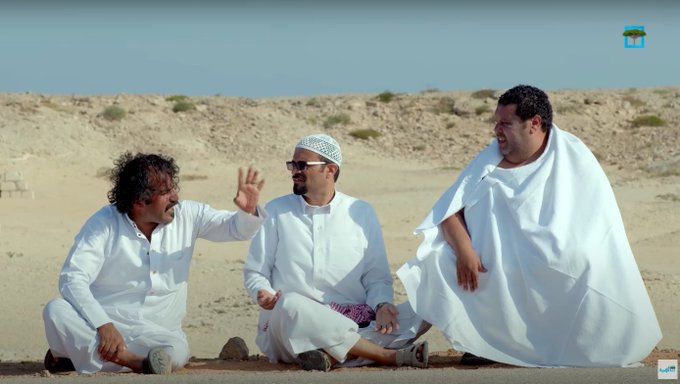Rival Ramadan Productions Mirror Yemen’s Fractured Political Landscape by Mohammed Albasha
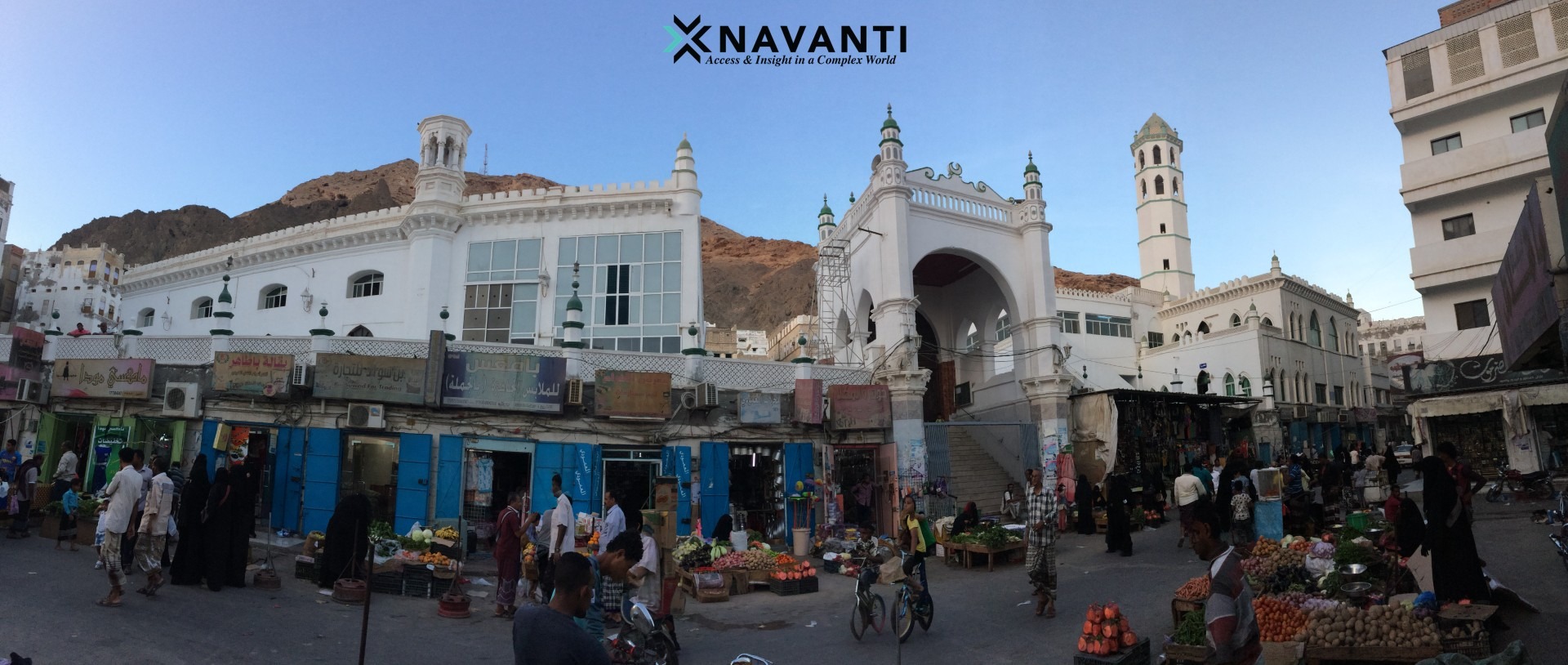 As the holy month of Ramadan ushers in a tradition of families gathering around their televisions to watch TV dramas known as Musalsalat, this year’s offerings in Yemen provide an emotional reflection of the country’s ongoing conflict and the competing narratives pushed by rival groups vying for control and legitimacy.
As the holy month of Ramadan ushers in a tradition of families gathering around their televisions to watch TV dramas known as Musalsalat, this year’s offerings in Yemen provide an emotional reflection of the country’s ongoing conflict and the competing narratives pushed by rival groups vying for control and legitimacy.
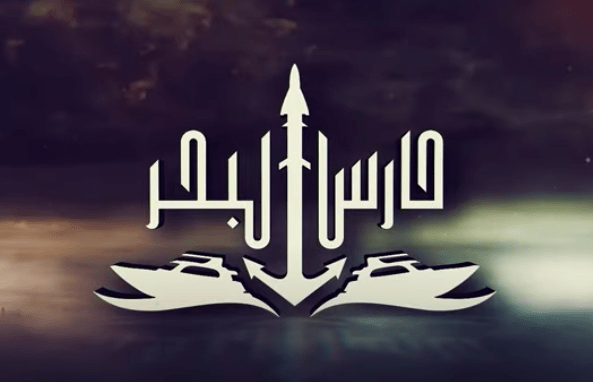
One of the most notable shows is “Guardian of the Sea,” aired by the Houthi-controlled Yemen TV station based in Sana’a. The series, rich in carefully constructed symbolism, follows the story of Haidar – a nickname for Ali ibn Abi Talib, revered by Zaidi and Sh’ia Muslims – as a local hero carrying on his late father’s legacy in a coastal village in the historically marginalized Tihama region.
Haidar rallies his community of dark-skinned Yemenis, known for their fierce fighting spirit, exceptional fishing skills, and prowess in the sport of camel jumping, against external threats represented by adversaries with Gulf Arab names like Khalifa and Mansour. These foes are depicted as supporting “foreign aggressors” seeking to occupy the coastal village by enabling “large ships” engaged in illicit activities in the area.
The show’s message is direct: an oppressed and divided community seeks a hero to unite them against foreign occupation and external threats. The narrative incorporates strong Zaidi themes, such as “revolt against the oppressor with the sword,” and the names of Houthi officials appear in the production credits, highlighting the group’s direct involvement in crafting this propaganda vehicle.
However, the Houthis are not the only ones leveraging the powerful medium of Ramadan dramas to push their agenda and shape the narrative surrounding the conflict. Their Yemeni rivals, backed by the Saudi-led coalition, have created multiple series that mock and challenge the Houthi movement and present an alternative, anti-Houthi view of the situation in Yemen.
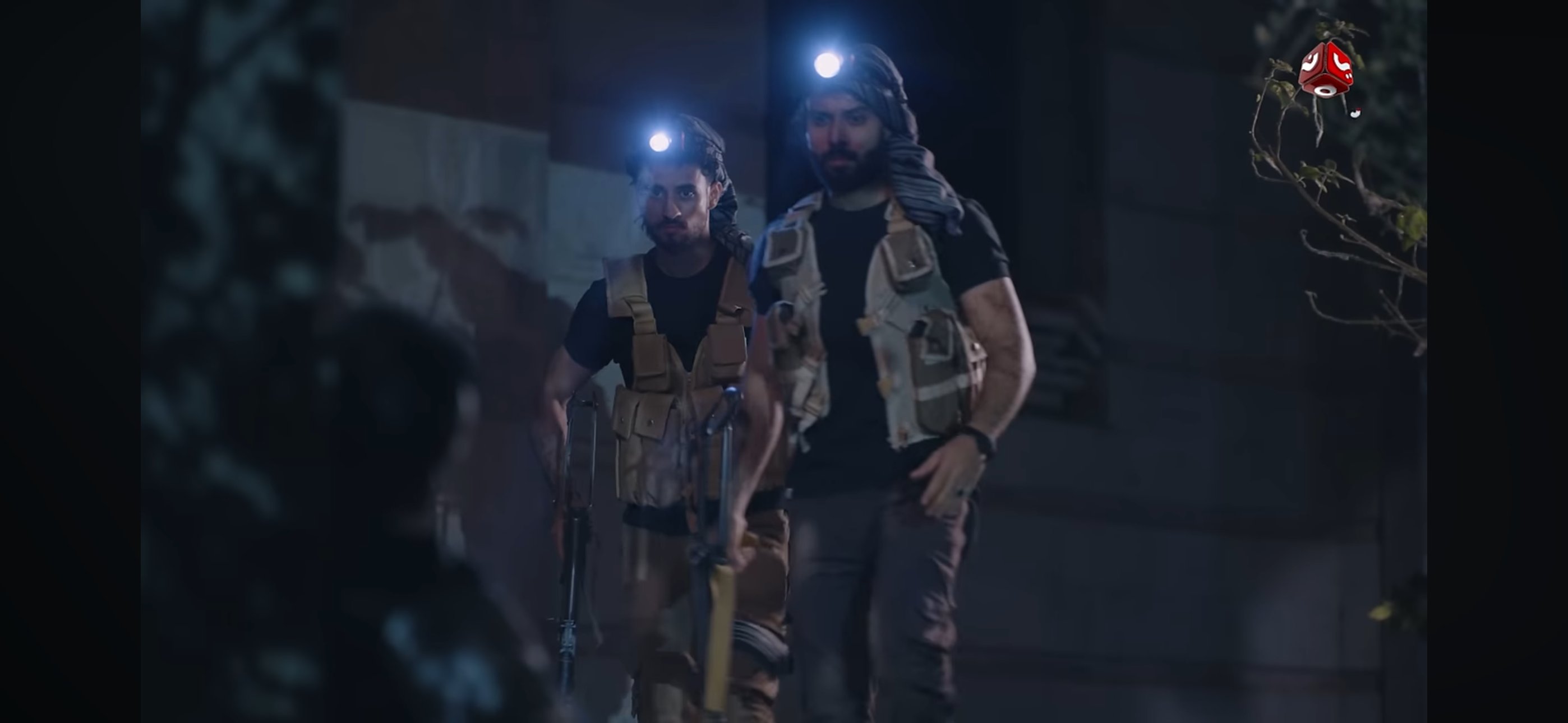
The plot revolves around civilian government officials attempting to host a peace conference to secure a “safe passage” toward the future, but their efforts are sabotaged by a bombing – a narrative device reminiscent of past incidents in Yemen, such as the 1972 killing of sheikhs from Sana’a and Marib in Bayhan, Shabwah.
Strong symbolism dominates the show, with scenes depicting the war-ravaged state of Ta’izz, buildings riddled with bullet holes, and an air of suspicion and conspiracy hanging over all. While promoting a message of peace and a bright future, the drama underscores the persistent challenges and the idea that third-party spoilers continue fanning the flames of conflict.
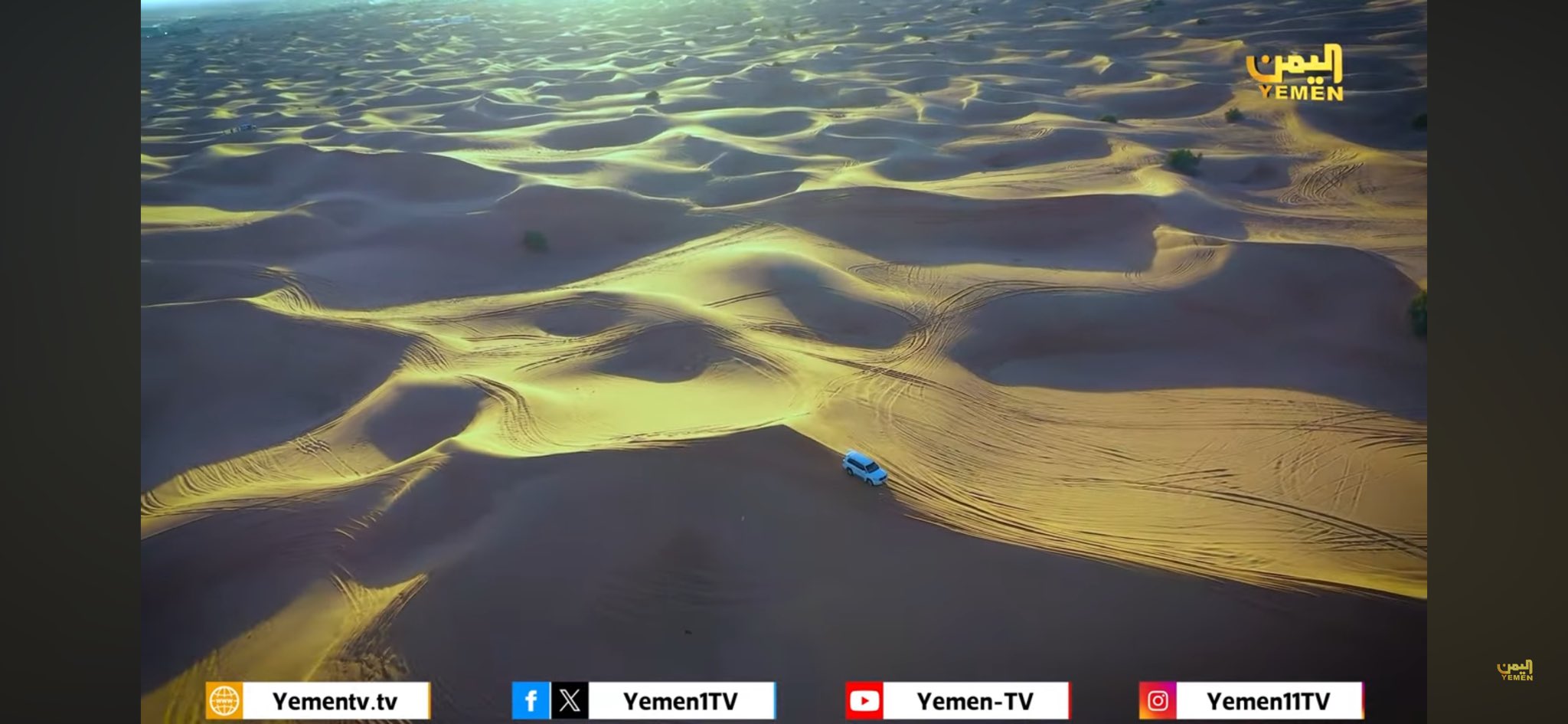
For example, one segment features an actor playing a Shi’a Imam, wearing the black head turban to signify his descent from the prophet, as he satirically pokes fun at Shi’a practices such as wailing during Muharram and self-flagellation. Another skit depicts a groom being forced to take a risky desert route to his wedding due to a Houthi checkpoint, ultimately dying by hitting a land mine – a storyline that reflects ongoing efforts by IRG officials to reopen main paved roads in the face of resistance from various factions.
The third part features comical cover songs directly ridiculing the Houthis, stemming from a long tradition of the Islah opposition party using music as a form of political satire and protest in the 1990s.
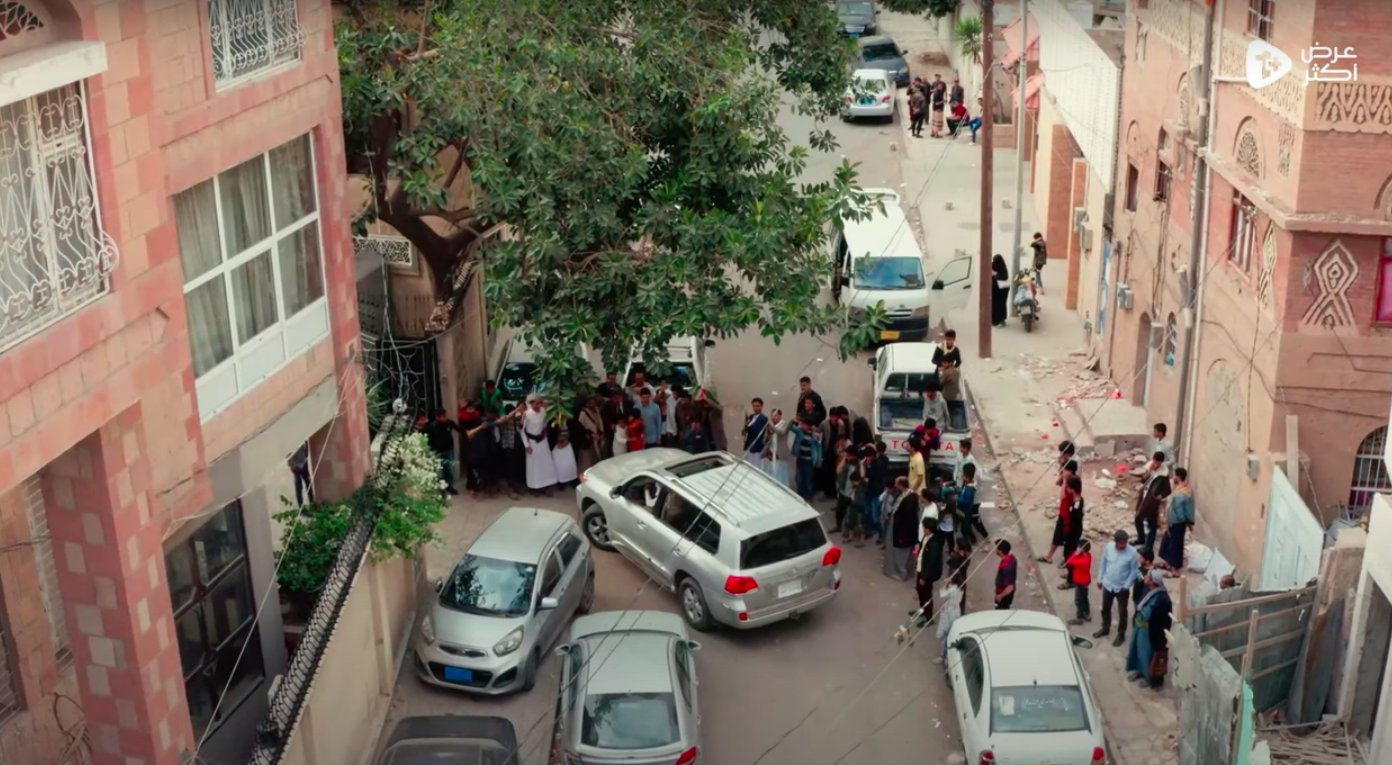
The show delves into the historical labor migration of Yemenis to Gulf states and the West, highlighting the challenges of navigating unpaved desert routes due to blocked paved roads—a recurring theme and a shared experience among all warring parties. It notably portrays the Houthi authorities in Sana’a, including emergency services, firefighters, and police, as exceptionally professional and effective in carrying out their duties.
Meanwhile, “Khuroug Neha’ei” (Final Exit or Exodus), a production by Al Mahriah TV – a channel that has recently amplified its support for the Houthi movement’s Red Sea military operations – symbolizes the struggles of Yemeni expats in Saudi Arabia and other Arab Gulf states. This is a common issue since Saudi Arabia’s “Saudization” policy, which has led to many jobs previously held by Yemenis being given to Saudi nationals instead.
The series revolves around characters like Nasher, an ambitious young Yemeni who sold his wife’s gold to work in Saudi Arabia but is now unable to either leave the country or save enough to live, and Mahmoud, an Egyptian pursuing dreams who becomes entangled with Nasher while trying to go to Mecca. Through their journeys and comical situations, the show highlights social issues around immigration, bureaucracy, cultural differences, and the importance of human connection.
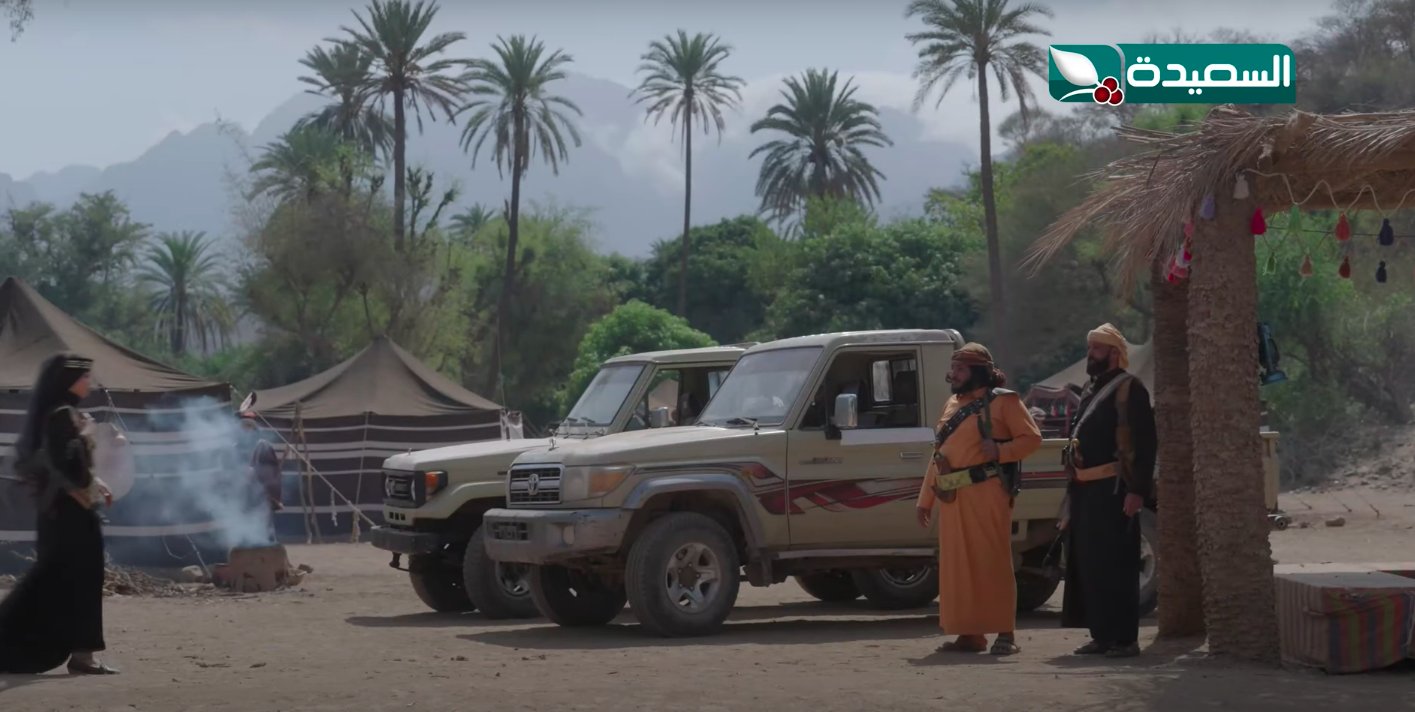
The storyline also revolves around a gang of highway robbers in Yemen instilling fear and chaos through armed robberies against innocent travelers, with police forces and tribal members confronting this criminal threat. This narrative thread indirectly addresses how the war has forced many to navigate dangerous desert routes due to the closure of main paved roads, while also exploring the challenges faced by law enforcement and tribal authorities in combating organized crime in remote, lawless areas.
As these captivating Ramadan dramas unfold across Yemeni households and the diaspora, they serve as powerful cultural vehicles reflecting the complex political climate and competing narratives that shape the country’s ongoing conflict. Whether promoting messages of peace, satirizing perceived injustices, or exploring the intricate realities of life in wartime, these shows offer a window into the multifaceted perspectives and experiences that define modern Yemen’s struggle.


